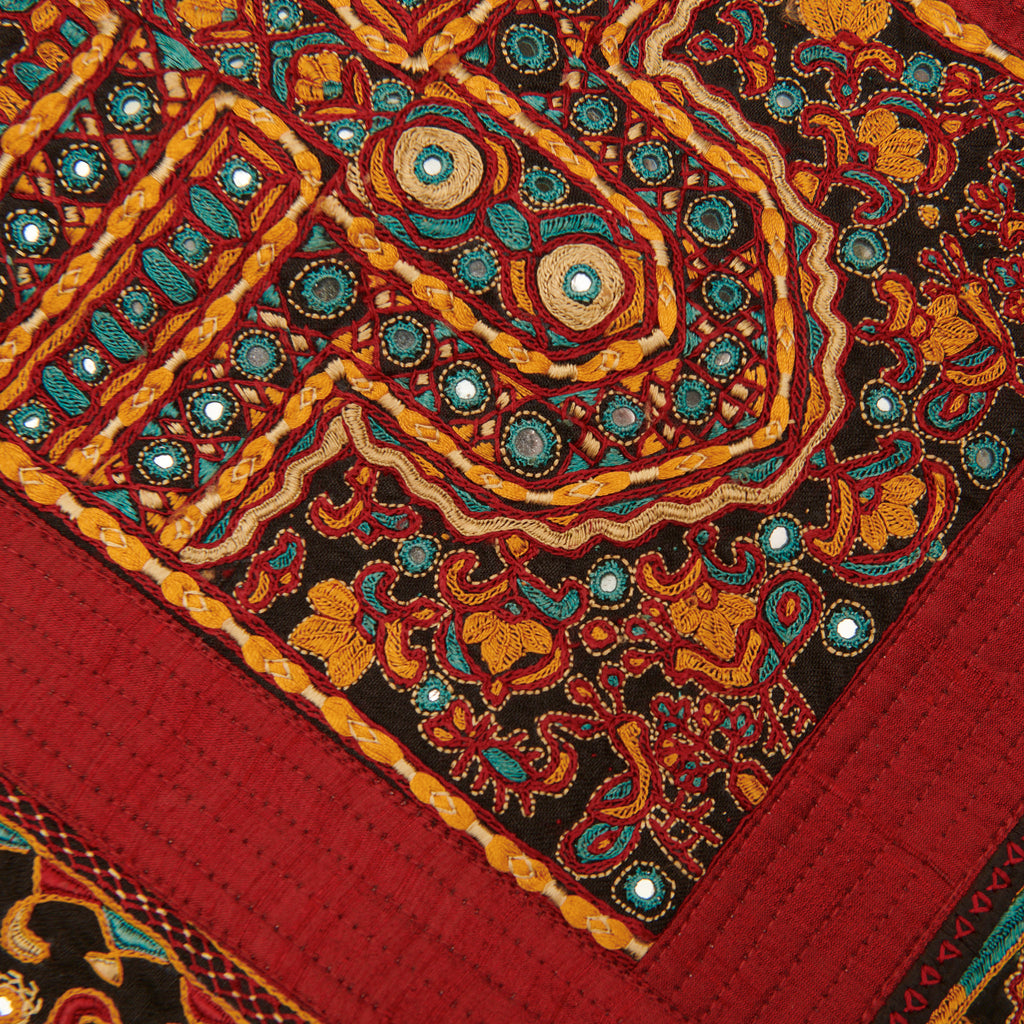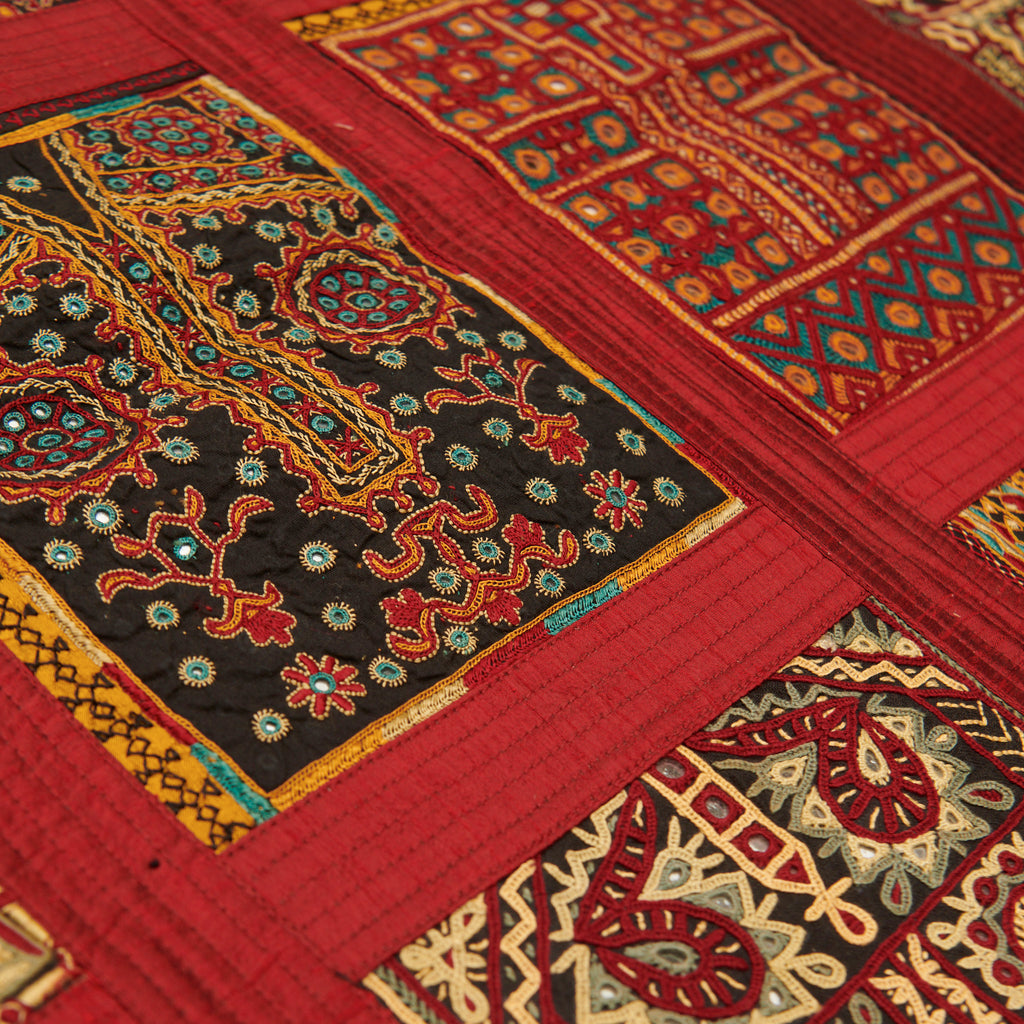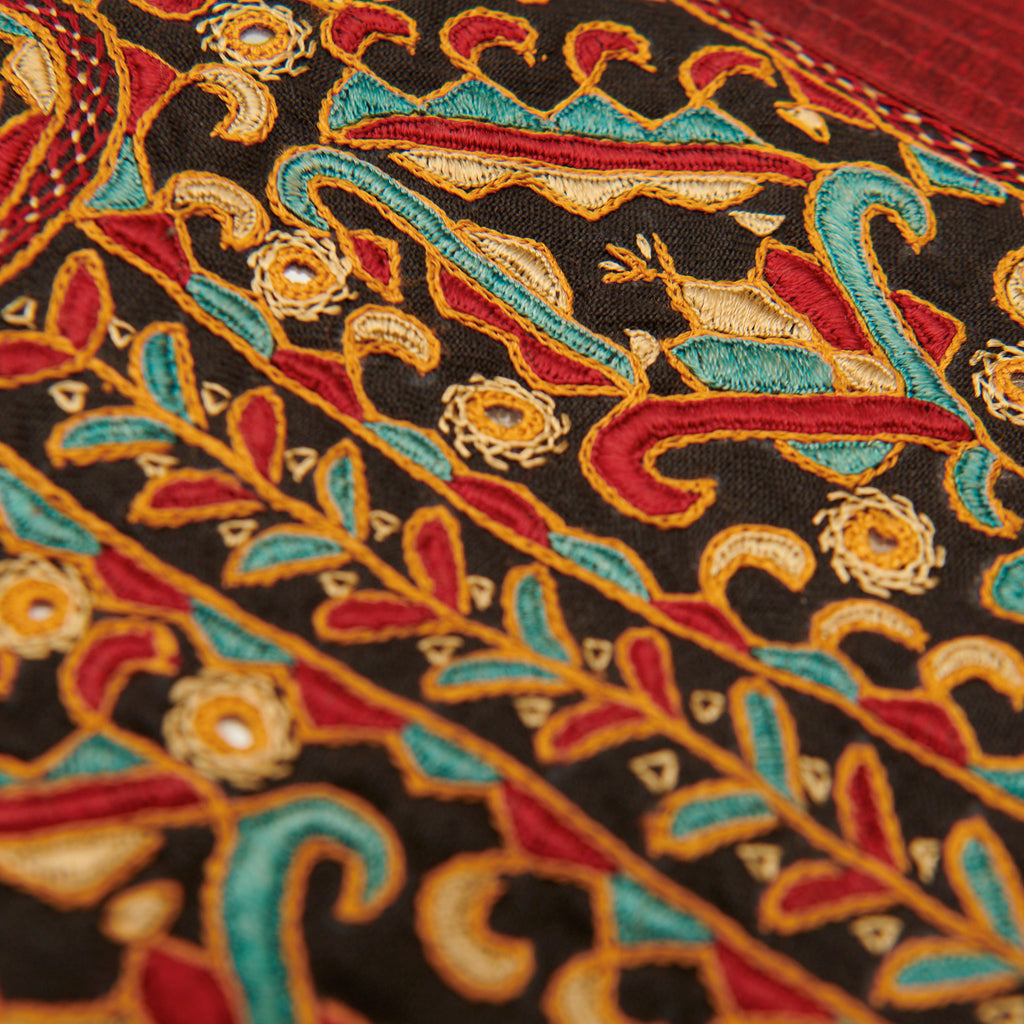-
Natural Dyes
-
All Natural Dyes
- About Natural Dyes
- Alkanet
- Brazilwood
- Buckthorn
- Chamomile
- Chestnut
- Cochineal
- Cutch
- Dyers Broom
- Eupatorium
- Fustic
- Gallnut
- Henna
- Himalayan Rhubarb
- Indigo
- Kakishibu Persimmon
- Kamala
- Lac
- Logwood
- Madder
- Marigold
- Mimosa
- Myrobalan
- Onion Skins
- Osage
- Pomegranate
- Quebracho
- Safflower
- Sequoia
- Sumac
- Symplocos
- Tannin Blend
- Tara
- Walnut
- Weld
- Woad
- Kits
- Hair Dye & Mehndi
- Natural Dye Books
- Mordants & Tannins
- Extracts
- Raw Materials
- Indigo
-
All Natural Dyes
-
Supply Store
-
Supplies
- Gift Cards
- On Sale
- Books & Magazines
- Brushes
- Handcarved Notions
- Drawstring Bags
- Earth Pigments
- General Supplies
- Hair Dye & Mehndi
- Instructions
- Japanese Supplies
- Kits
- Merchant & Mills
- Pen & Ink
- Projects
- Resists
- Rope & Twine
- Soaps & Scours
- Stencils
- Thickeners
- Wooden Blocks
- Videos
- Yarn (all)
- Yarn (Naturally Dyed)
- Yarn (Undyed)
- Techniques
- Blanks & Yardage
- Additives
- Fabric Dyes + Paints
-
Supplies
- Maiwa Store
- Artisans
- School of Textiles
- About Us
Kachchh Hand Embroidered Wall Hanging - Group Showcase - Piece #14a
$1,800.00
This exquisite exhibition piece showcases the incredible hand embroidery work of multiple Kachchh desert communities including; Dhanetah Jat, Node, Sodha Rajput and Sindhi Memon.
Dhanetah Jat women design and produce exquisite, labour-intensive embroidery. The power of Jat embroidery comes largely from the closely stitched patterns that completely cover the cloth. They take pride in the fact that their "stitches outlive the cloth on which they’re sewn."
The Node community are Muslim and are found primarily in the grasslands of Kachchh, India - however some also live in Sindh, Pakistan. The Node are a community of cattle breeders and farmers and are most often landless. The women in the community are highly skilled embroiderers and embroidery is an integral part of their lives. Their work contains an abundance of floral designs and their stitches are strong, bold and often layered, creating a three dimensional shape to their work.
The Sodha Rajput community used to live in Sindh, Pakistan but have now mostly migrated to Kachchh, India. They are primarily farmers but with their migration from Sindh as late as 1971 during the Indo-Pakistan war, they have been left with some of the least fertile land. They brought with them their embroidery, and most importantly their exceptional embroidery skills and designs. Sodha embroidery is strong and durable with geometric, curvilinear lines and full of flowers, birds, animals and figurative motifs.
The Sindhi Memon community migrated into the Kachchh Desert of Gujarat from the Sindh region of Pakistan many years ago. They are a Muslim tribe who prefer floral motifs and fine, detailed embroidery which they complete with a single thread. As with many of the communities in Kachchh who maintain a vibrant stitch tradition, the women may be identified by their costume and embroidery. They have special designs which may be worn by an unmarried girl, a married woman, or a widow.
The work these communities do for Maiwa is extraordinary in its quality and robust beauty.
Bring the richness of desert cultures into your hands — an heirloom for the future. Each embroidery is a unique expression of the woman who made it.
Size is approx. 35" x 51" (89cm x 130cm).
Features: Hand embroidered piece set on a silk border. Featuring 5 loops across the top for hanging on a dowel or however you like.
*Colours may appear different on different monitors and in different lighting conditions.
For centuries embroidery has been an expression of personality ...
The language of stitches builds within a community over hundreds of years. It is a source of identity that is transferred from one generation to the next. It is learned in the same way a spoken language is learned; with children sitting beside the adults. In an oral culture the stitched language records everything of importance from the epic to the personal.
Maiwa works with embroiderers through many co-operative structures within India. The women embroider, design, market and innovate as entrepreneur artisans. The goal is financial self-determination and empowerment through education and a clear sense of the value of their work.
As part of our commitment to encouraging exceptional needlework we commission large format embroideries. For many ambitious stitchers, these works give the necessary breadth to express themselves. They design the play of motifs, the border elements, the colour palette and they set to work. Embroideries of this scale may take many months to complete, as the woman do not embroider as a full time occupation. Rather, this embroidery is done among other family tasks, or while visiting in groups with other embroiderers.
This embroidery piece is one of a kind.
Meet the Artisans.




